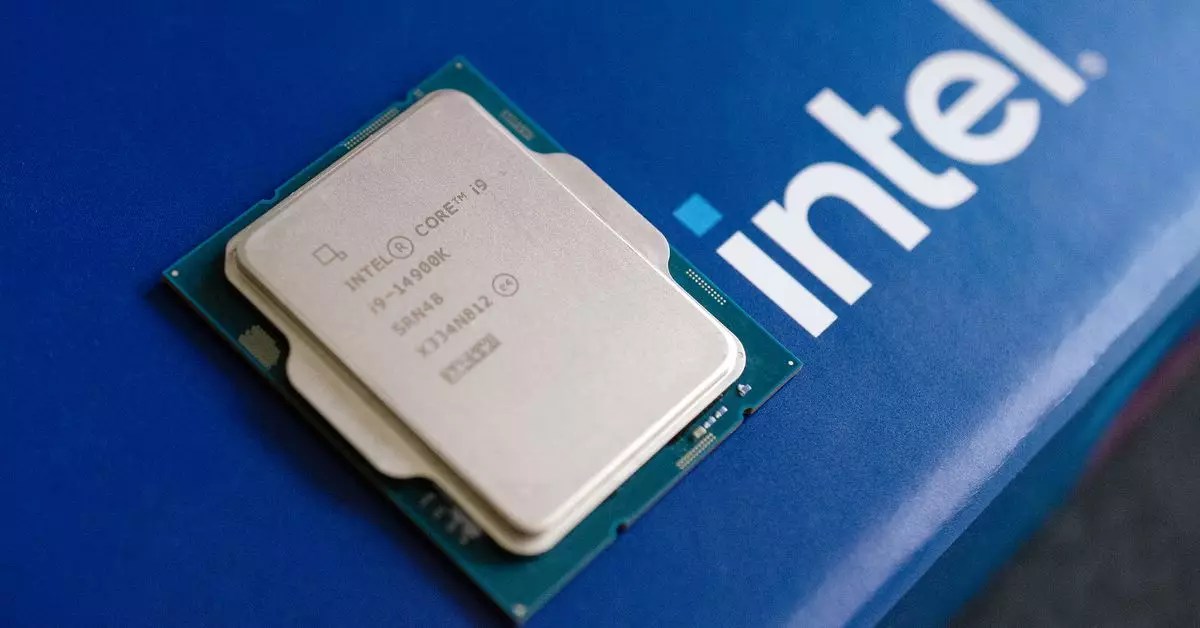In recent months, the tech world has seen a significant upheaval concerning Intel’s 13th and 14th Gen Raptor Lake processors. These chips have not only drawn attention for their performance capabilities but have also raised alarm due to their potential for catastrophic failure. Intel has embarked on a new microcode update for these processors, aimed at addressing severe issues that could lead to hardware damage and system crashes. Unfortunately, while this update may help prevent future failures, it does little for existing chips that have already succumbed to instability.
The newly released microcode update, designated as 0x12B, is intended to alleviate one of the primary causes of damage to Raptor Lake processors: excessive power draw during idle or light-load situations. This is a crucial factor, as overstressing the CPU with too much voltage can accelerate degradation, leading to long-term reliability issues. While the announcement is a welcome relief to some users, it is disheartening to recognize that many affected consumers might still be without a viable solution for their malfunctioning chips.
This microcode update is not a standalone fix; instead, it builds on previous updates that have also attempted to rectify power management issues. However, users need to be aware that while motherboard manufacturers will require a few weeks to validate and release BIOS updates integrating these microcode changes, this process can be frustratingly slow. The reality is that many users may feel compelled to act sooner rather than later, especially if they are experiencing issues.
For those grappling with faulty Raptor Lake processors, the advice is clear: avoid waiting for BIOS updates. Instead, users experiencing regular crashes would be better served by returning the defective units to Intel or their system providers, who should honor the extended warranty provided by Intel for this issue. It’s crucial that consumers hold companies accountable during such times, especially when they experience significant hardware failures that should have been preventable.
Additionally, there is palpable frustration stemming from Intel’s continued silence on the scope of the problem. The company has not provided insight into how many processors are likely suffering from these risks, nor has it identified specific batches that have come under scrutiny due to previous oxidization issues. This lack of transparency only exacerbates consumer discomfort and fuels speculation among users.
In light of these persistent challenges, consumers and industry experts alike are left wondering about the future of Intel’s Raptor Lake line. While Intel claims that their laptop chips are immune to the voltage problems affecting desktop processors, the situation remains murky as sporadic reports of instability continue to surface.
As the months unfold, it becomes increasingly clear that Intel has a steep hill to climb to regain consumer trust. Whether future updates will resolve these issues, or whether they will be burdened with ongoing complications, is yet to be seen. The calls for transparency, accountability, and robust support are louder than ever, and it remains to be seen how Intel will respond to these demands as they navigate this troublesome chapter in their technological journey.


Leave a Reply